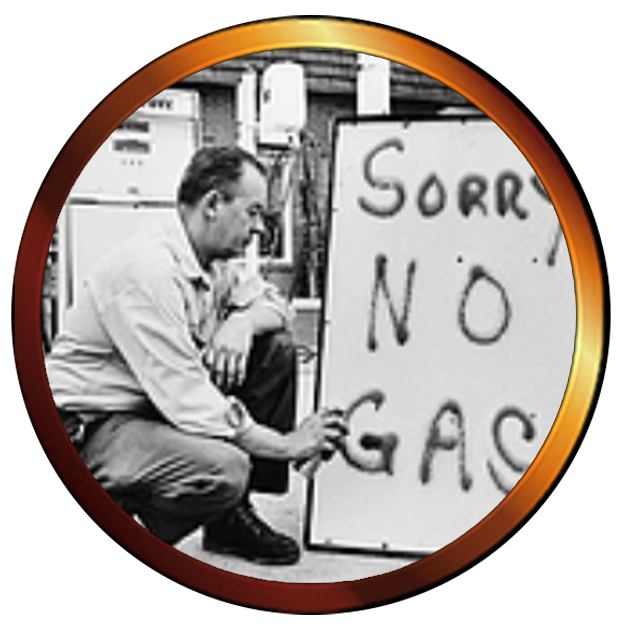Steam systems were all originally coal fired. Thus, the systems were designed for a coal fire. But in the 1950s oil burners came in to use. Oil burners let the Missus of the house finally drop the coal shovel, and one by one coal fired boilers were converted to oil. She was thrilled. But the steam system not so much. You see, an oil burner is a very different proposition from a coal fire. The coal fire was constant. The oil burner (and later gas) burner cycled on and off. Usually once every hour during mid-winter. This change required a complete transition in the way the system vented itself. But for the most part that change never occurred. Why? See #1 above. They were all dead, remember? Who was around to care?
Those old steam guys were pretty clever. You see, they knew that when water became steam it expanded in volume 1700 times. They also knew that water at atmospheric pressure boils at 212º. But with negative pressure (a vacuum if you will) water can be made to boil with a temperature as low as 180º and still make steam. Very efficient. And very clever, as I say. So the systems were designed to operate in a vacuum. The steam went into the radiators at 1700 times the volume of water and once it got there it condensed. Which created a vacuum. Viola! Very high efficiency.
But what happens when we replace coal with an oil burner? The burner shuts off every hour remember? So what happens to the vacuum when the burner shuts off? Well, it’s lost of course. Most of the time it’s lost before it could ever form a vacuum in the first place. Simply put, steam systems can no longer operate in a vacuum with modern burners. That’s long gone. But those old vents are not. And they make absolutely no sense with a modern burner. The main issue with them is their size: much too small.
Picture your steam system when the boiler is not running. All those miles of piping and all those great big radiators are filled with air aren’t they? Therefore, when the boiler fires, all that air needs to get out of the pipes and radiators so that the steam can get in and replace it and begin to heat the home, right? They didn’t need big vents in the coal days: who cared if it took an hour or two to get the air out? The fire was lit in the fall, the air was eventually chased out, and because the fire remained lit, the air stayed out until spring. Six months of air-free vacuum.
But now our burner comes on and shuts off every hour. Which means every hour of every winter the burner fires and consumes fuel for the first half of the heating cycle and the only thing it accomplishes during this time is to get the air out. In a way it’s like saying your steam pipes are clogged (with air), and the clog is preventing the steam from getting to the radiators quickly and to each of them at the same time so the heating is balanced. Those tiny little coal vents on the returns in the basement are woefully inadequate for a modern system. And they are costing you a lot of money.





